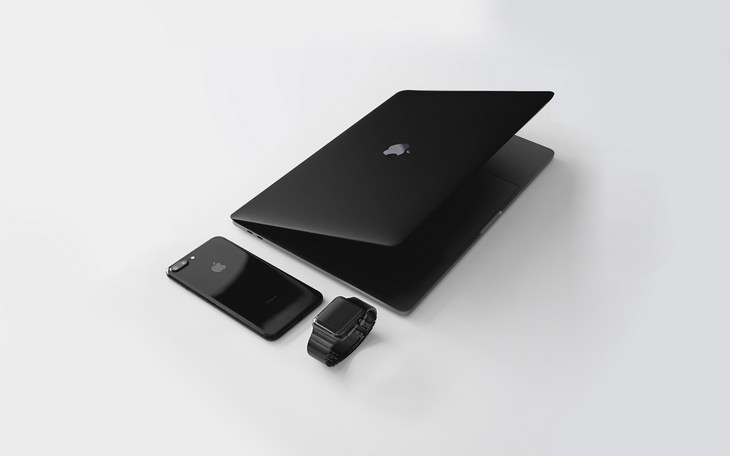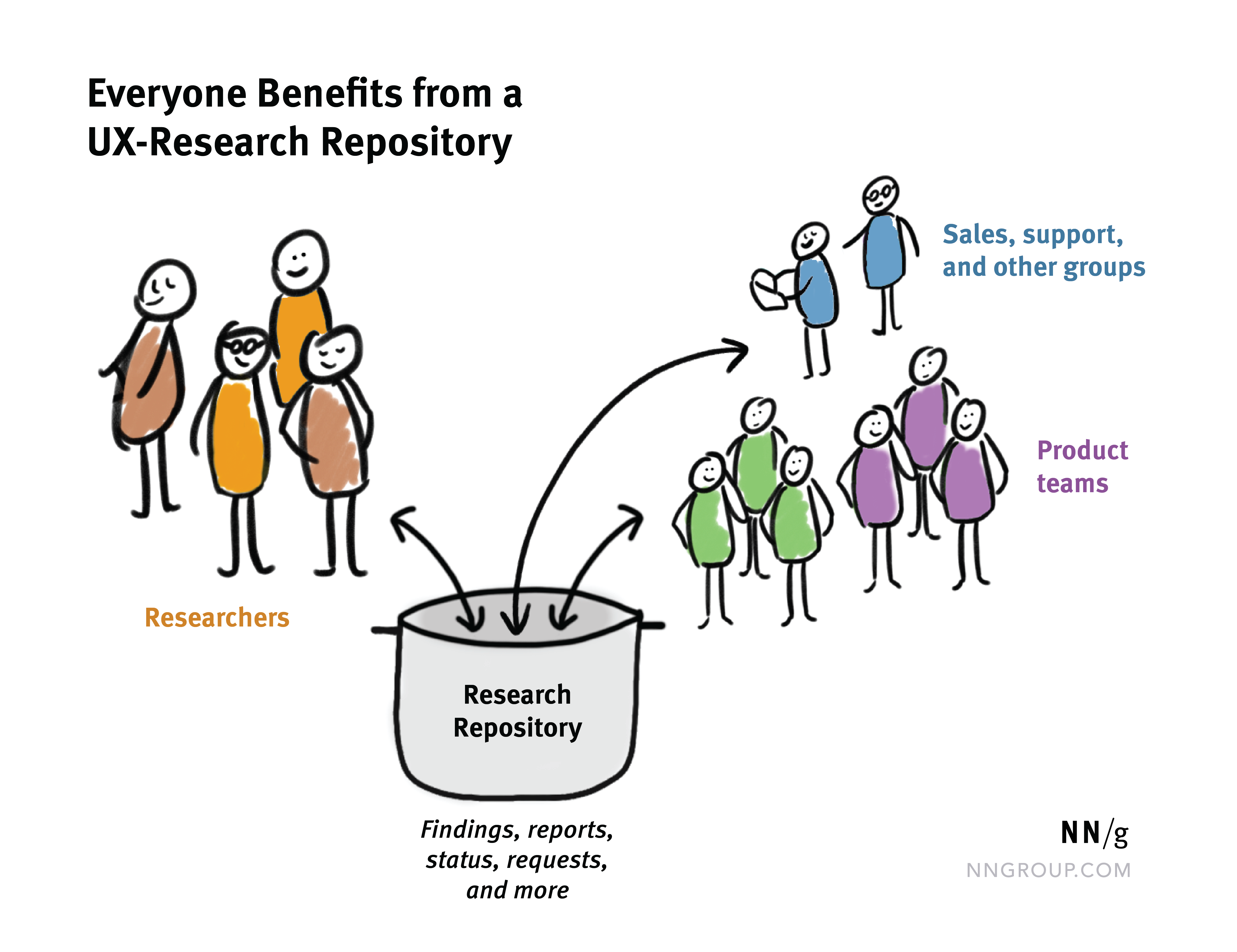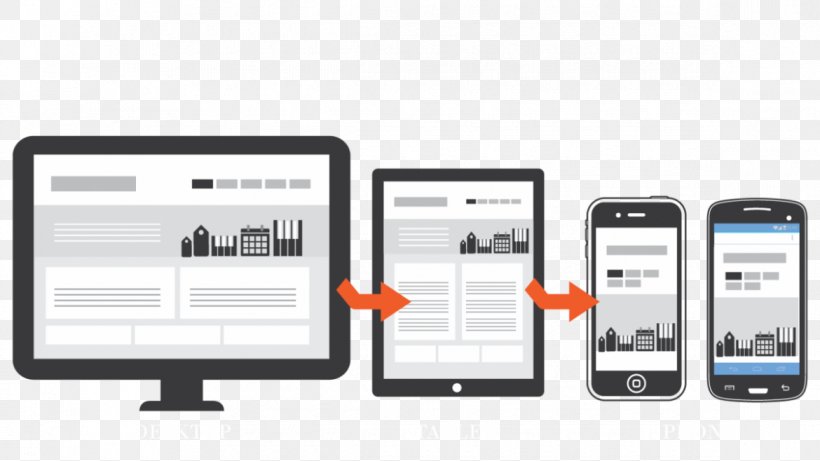
There are four main methods of positioning elements. They are Auto and Float as well as Text-bottom and Absolute. Find out which method you should use and how. Learn the difference between absolute and float positioning. Find out how each can be used to make elements appear like they are floating around in space. This article will explain how to use each of these methods to make your site appear as if it were floating in space.
Absolute positioning
There are two main types of absolute position: fixed or sticky. In the second case, the element's position is relative to its parent (which is the page frame). Sticky elements behave as though they're permanently fixed until they exceed the threshold. After that, they will disappear from the screen. The former is more prevalent than the latter. Here are examples of both kinds of positioning. These two methods can be used to position content in the web.
Although they look similar, absolute and fix positioning are quite different. In fixed positioning, the viewport determines an element's contain block. It can also be overridden by its ancestral property. This positioning can also result in floating elements. As an example, suppose we have a "One" box on the page. This box will remain the same regardless where the user scrolls. The "One" box will appear 80 pixels from the top of the page, and 10 pixels to its left.

Auto
The position property modifies the element's relative position to its parent elements, or surrounding tags. Relative placement uses offsets to create elements that overlap and flow seamlessly with each other while keeping HTML code the identical. The elements can move freely without interfering with the flow of the document. Below is a table that summarizes all the possible positioning options. Here's a quick look at each one:
Auto positioning allows you to place dynamic text and banners in different sizes. To make the element change position, you just need to specify where it should be placed and click "Auto". The auto-position value will be calculated by UA, and is zero for relative positioning. You can also specify the margins-right and left inner anchors separately. After you've set the positioning, click on "OK".
Float
You can use the floating positioning property to place an element under another. This will position the element below its neighbor. It can be applied to any type of element. You will not get the same effect if you use the float positioning property with absolute position. Instead, it allows you to place elements where they need to be while still making room for other elements. Here are some ways to use the float positioning property.
The float property allows you to position an element outside of the normal flow of the page. It can also be used for floating an element to the right or left of its parent element. Other elements will flow around the floated item. An example of this is an img element floating to the side a text block that wraps the text around. When you need to create multi-column layouts, floating elements can be useful.

Text-bottom
You may have heard of the text-bottom position feature if you use CSS to align text. This feature centers text according to its height and width, centered on its parent element's font. This feature is useful for aligning an avatar with its user name, for example. Vertical-align is another type of text positioning. This centers text according its tallest ascender and deepest descender. Text-bottom can be useful when you want to highlight particular parts of your text.
Relative positioning means that the element is moved away from its containing block. Other elements remain the same. This offset is independent of any other elements and does not affect the content beneath it. If you place text-bottom positioning element in a page, any other content will not be adjusted to fill that space. This means that text-bottom positioning elements are not always suitable for pages of wide or narrow width.
FAQ
Can I build my website using HTML & CSS?
Yes! Yes!
You now know how to build a website structure. Now you need to learn HTML and CSS coding.
HTML stands for HyperText Markup Language. Think of it like writing a recipe for a dish. You would list ingredients, directions, etc. HTML allows you to indicate to a computer which portions of text are bold, italicized and underlined. It also lets you know which part of the document is linked. It is the language of documents.
CSS stands to represent Cascading Stylesheets. This is a stylesheet for recipes. Instead of listing out each ingredient and instruction, you write down general rules for things like font sizes, colors, spacing, and more.
HTML tells the browser what HTML is and CSS tells it how.
You don't have to be a prodigy if you don’t get the terms. Follow the tutorials below, and you'll soon be making beautiful websites.
How do you choose a domain name
A good domain name is vital. Without a great domain name, people will not know where to find you when they search for your product.
Your domain name should be concise, memorable, unique, relevant, and easy to remember. You want it to be something people will type into their browser.
These are some suggestions for choosing a domain.
* Use keywords that relate to your niche.
* Do not use hyphens (-), numbers or symbols.
* Don't use.net or.org domains.
* Do not use words you already know.
* Avoid generic terms like domain or website.
* Check it's always available.
WordPress: Is it a CMS or not?
Yes. It's called a Content Management System. CMS is a way to manage your website content without having to use an application such Dreamweaver/Frontpage.
WordPress is free! Hosting is included in the price, but you don't need to pay anything else.
WordPress was originally designed to be a blogging platform. However, WordPress now offers many options including eCommerce sites and forums, membership websites, portfolios and portfolios.
WordPress is easy to install and set up. It is necessary to download the installation file from their site and upload it on your server. You can then visit your domain name using your web browser to log in to your new website.
After installing WordPress, you'll need to register for a username and password. Once you log in you'll be able access all your settings via a dashboard.
From this page, you can add images, pages, posts, menus or widgets to your website. If editing and creating new content is easier for you, skip this step.
You can also hire a professional web design firm to help you with the whole process.
Statistics
- It's estimated that chatbots could reduce this by 30%. Gone are the days when chatbots were mere gimmicks – now, they're becoming ever more essential to customer-facing services. (websitebuilderexpert.com)
- At this point, it's important to note that just because a web trend is current, it doesn't mean it's necessarily right for you.48% of people cite design as the most important factor of a website, (websitebuilderexpert.com)
- Studies show that 77% of satisfied customers will recommend your business or service to a friend after having a positive experience. (wix.com)
- Is your web design optimized for mobile? Over 50% of internet users browse websites using a mobile device. (wix.com)
- In fact, according to Color Matters, a signature color can boost brand recognition by 80%. There's a lot of psychology behind people's perception of color, so it's important to understand how it's used with your industry. (websitebuilderexpert.com)
External Links
How To
How do you become a web developer
A website is more than just HTML code. It's an interactive platform, which allows you communicate with users and provides valuable content.
A website is more than a medium for delivering information; it is a portal to your business. Your website should enable customers to find what they want quickly and efficiently, as well as show how you want them interacted with your company.
The best websites enable visitors to find exactly what they want and then move on.
To reach this goal, you'll need to have technical skills and design aesthetics. You'll have to understand the basics of HTML5 coding and CSS3 styling and the latest developments in JavaScript and other programming languages.
InDesign, Photoshop and Illustrator are all tools that can be used to create and edit websites. Finally, you will need to create your style guide. This includes everything from fonts and colors to layout.
Start by researching articles and taking online courses if you are interested in becoming web designers.
Although your degree may take months, or even years, once you earn it you will be ready for the workforce.
Don't forget to practice! Designing will improve your ability to build great websites.